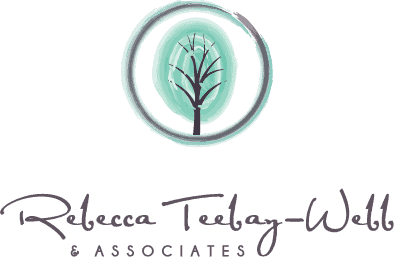Cognitive Behavioural Therapy (CBT)
Cognitive Behavioural Therapy and TEAM-CBT are highly effective in the treatment of a wide variety of challenges including depression, anxiety, anger, and relationship problems.
CBT assists clients to better understand how our thoughts (cognitive aspect), behaviour, emotions, and physical reactions are interrelated, and how they can impact our day to day lives, and during major experiences in our lives. A theme in CBT centers on the concept that our thoughts about an event or experience may influence our response to it on an emotional, behavioural, and physical level. For instance, when waiting on a line-up at the grocery store, we may think, “this line is long, it’s going to take a while. I should relax.” Perhaps this person chats with someone else in line, checks their phone, or picks up a magazine. In this situation, the person is more likely to be calm and relaxed. Alternatively, the person could respond differently, and may become frustrated and angry, thus become tense and irritated as a consequence. Perhaps this person may complain to others in the line-up, or the person processing our order. In this scenario, the person’s negative mood may even continue after they have left the grocery store.
CBT provides many tools and strategies that assist clients to learn more about the dynamic between their thoughts, behaviour, emotions, and physical reactions, as well as how to manage challenges more effectively, resulting in a reduction of their impact.
T.E.A.M CBT
T.E.A.M CBT was developed by leading psychiatrist, writer, therapist, and therapist trainer, Dr. David Burns. It builds upon the strengths of CBT, but also draws from 15 other schools of therapy. Dr. David Burns believes that T.E.A.M CBT is a revolutionary breakthrough in psychotherapy. It allows clients to establish a concrete plan in an open, non-judgemental space, where they can work on making progress through cognitive and behavioural change.
This form of therapy is divided into 4 components that are fine-tuned to the client’s needs.
T= Testing: Assessing the client’s mood and more specifically symptoms such as depression, suicidal thoughts, anger, relationship satisfaction, is an immense tool in narrowing down the roots of concern. It is an analysis of the client’s distresses and satisfactions in life, on a regular basis. This part of the process is called therapy feedback, which elaborates on how helpful or unhelpful the therapy is or has been to the client’s progress.
E= Empathy – Once testing has been done to establish the roots of satisfaction and dissatisfaction, the therapist addresses an important part of the process, compassion. Understanding the needs of a client is only meaningful and helpful when rapport and empathy has been established between the client and the therapist. It is then, when the therapist can begin to work with the client in defining the goals of each session.
A= Agenda Setting – Defining those goals in an authentic and vulnerable way is how the agenda is create it. The therapist facilitates an instinct motivation within the client to share the things that they want to change, as well as, discuss the reasons why they have not been able to change them. It is in this stage that a plan of action begins, by identifying what is happening, what is causing it and how it should be broken down into sessions.
M= Method – As the agenda starts to take form, the client begins to advocate for change and develops tools to make the change. However, the key is to be willing to change. Methodology, is where action is evaluated and implemented based on all the information from the previous components. There are over 50+ methods and techniques from over a dozen schools of therapy that have been established to help all sorts of client needs. It can take a few tries to find the one that works, but once it is found, it can help clients to challenge and defeat negative thoughts and triggers for anxiety, depression, low self-esteem, fears, phobias, and much more.
Altogether, T.E.A.M CBT has a vast magnitude of tools that help to increase the client’s chance for success by providing many viable options for transformation.
It can be difficult to make the transition between healing and change, but don’t let that stop you. T.E.A.M CBT focuses on using motivational tools to help clients dissipate their internal fear and resistance. Sometimes in order for powerful change to occur the client must let go of unhelpful thought process in order to find their inner peace and long-term happiness.
Counsellors accepting new clients for CBT are:
